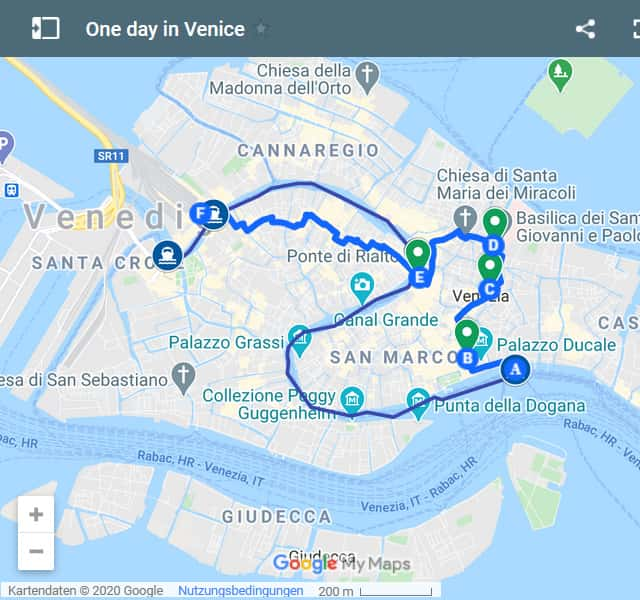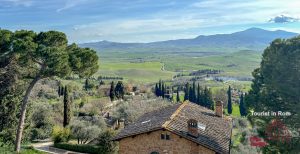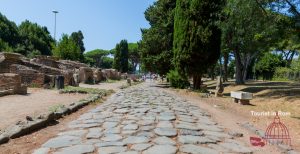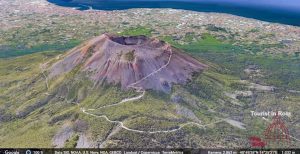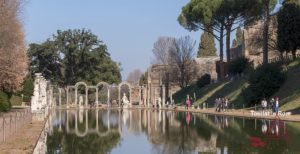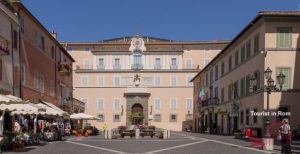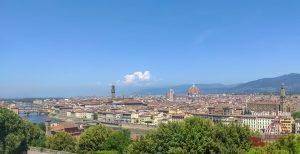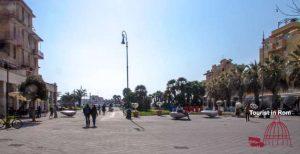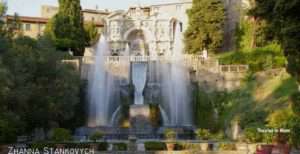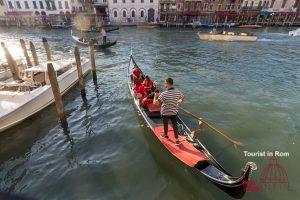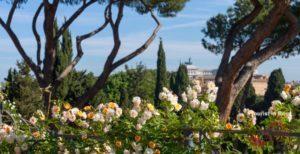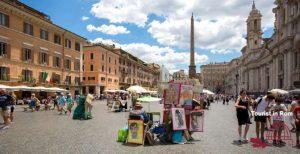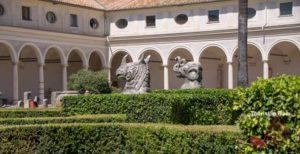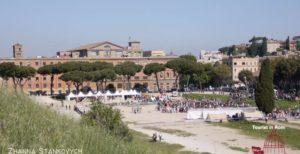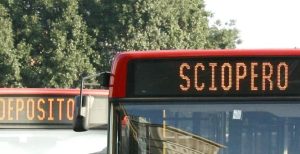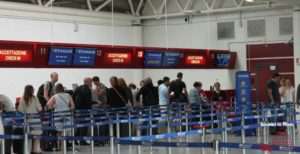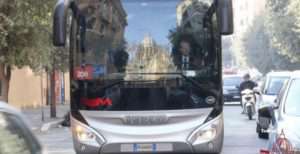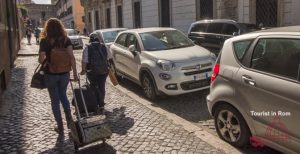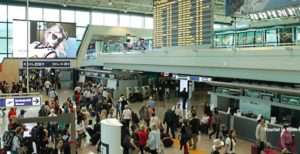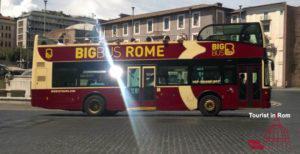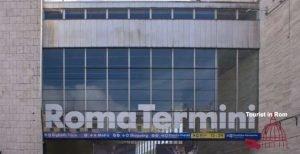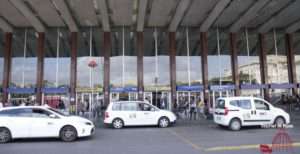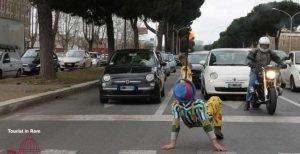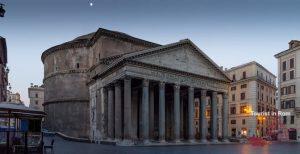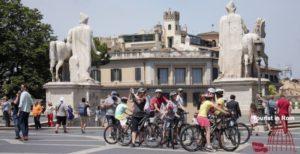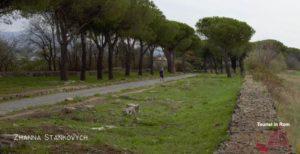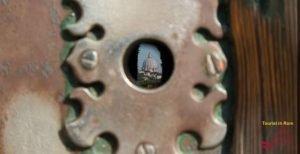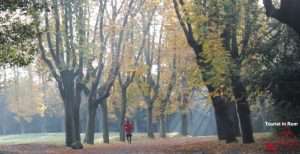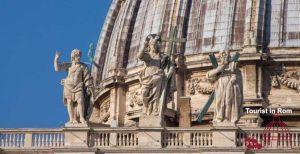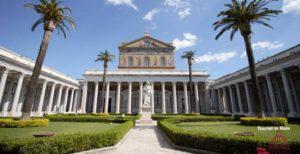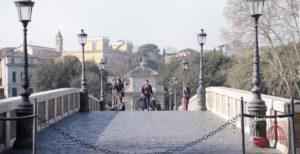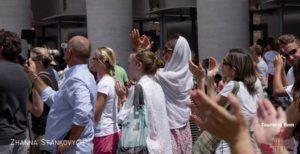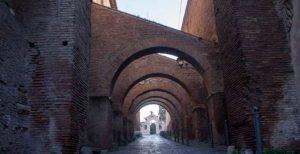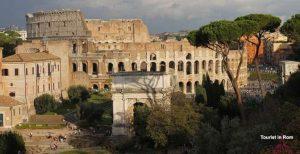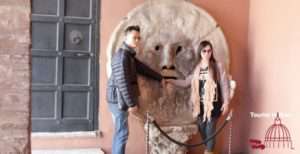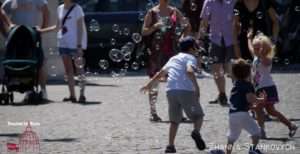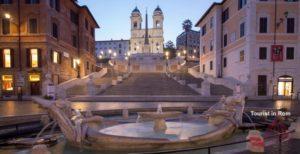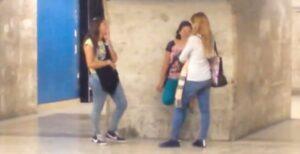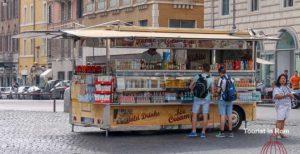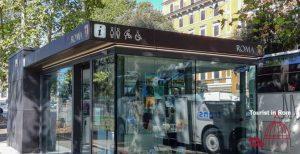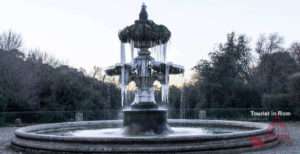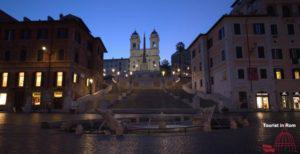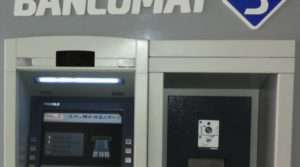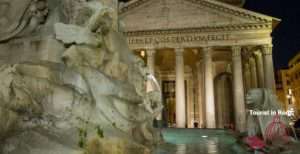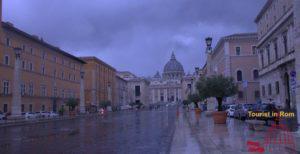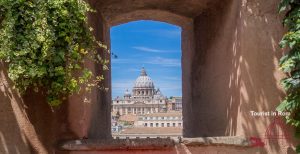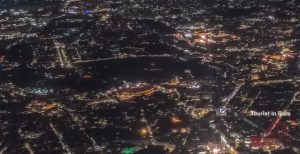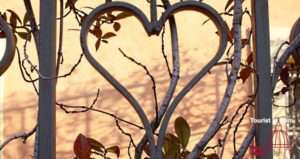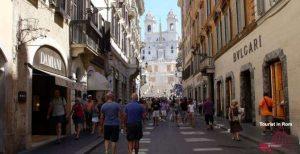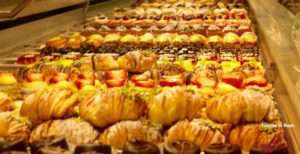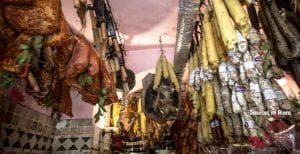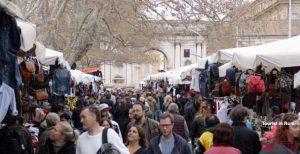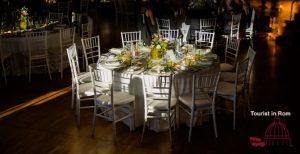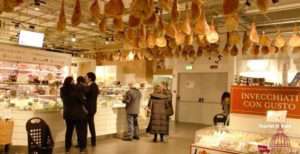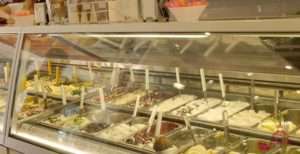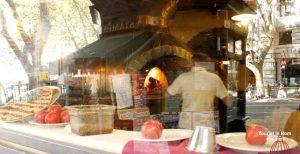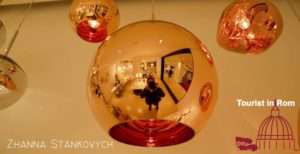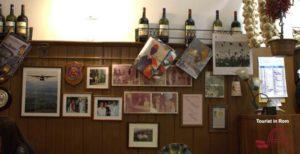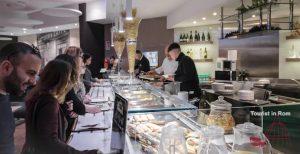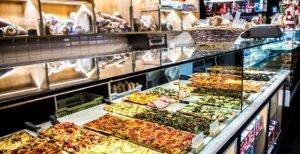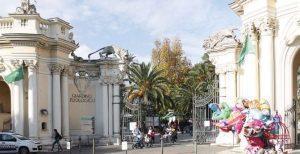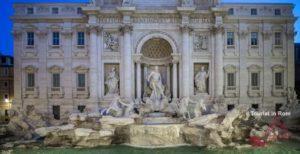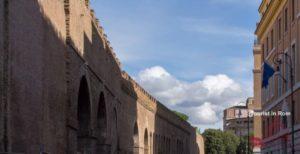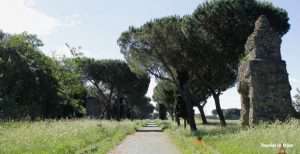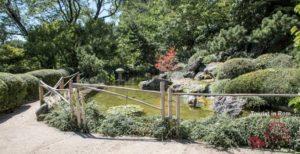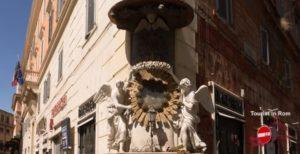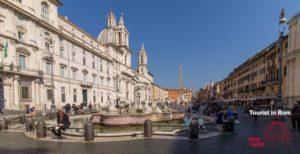Venice is not just the city of love. It impresses its visitors with the special atmosphere of the canals and the old, rich palaces. The city is car-free. There are waterbuses for public transport.
A day in Venice · how to plan properly
Venice is located on a group of islands in the lagoon and is connected to the mainland by a car and train bridge. Many day tourists arrive in the morning and depart in the evening. By high-speed train, the journey from the various cities of Italy takes between one and four hours. So for a day trip you can stay in Venice for 8 – 10 hours.
Venice is very charming at night, so we recommend that you plan for a night. When the day tourists are gone, you can leisurely stroll through the alleys and enjoy a good meal. A side trip to the historic Palace of the Casino might also be a good idea.
Entrance and reservation
Venice is a popular destination for day tourists and in high season the ancient city is often overcrowded. On certain days in the high season and on many weekends, a ticket of €5 per day must be paid online to visit the old town from 8.30 am to 4 pm. The ticket is free for guests staying in accommodation in the municipality of Venice, including Mestre. Children under 14 do not need a ticket, but must have an ID with them in case of an inspection.
For online booking, there is a website of the municipality of Venice (Italian – English) where you can find out on which days the ticket is required. As a day tourist, select “pagamento / payment” for the ticket to be paid for. If you are staying overnight in the municipality of Venice, select “Esenzioni” and then “Sono ospite …”, on the English site “Exemptions” and then “I am a guest …”.
These are our tips for Venice:
1. A trip with the waterbus Vaporetto
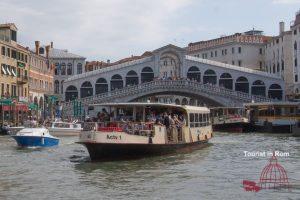
Public transport in Venice is called ACTV. You can take the bus to Piazzale Roma and from there continue by boat. The train station has the Ferrovia pier. The ship lines are very useful. In Venice, all transport takes place by water. If you only explore Venice on foot, you’ll miss the real way of life and flatten your feet. The single ticket is valid for 75 minutes. With the day ticket and the multi-day tickets, which are each valid for 24h / 48h or 72h, you can easily get around Venice and Mestre. Alilaguna lines are not included.
We recommend taking line 1 through the Grand Canal to St. Mark’s Square. It leads from the train station or from Piazzale Roma, where the buses arrive, through the Canale Grande and under the Rialto Bridge to Piazza San Marco and on to the Lido. The journey to Rialto takes around 20 minutes with line 1 and just under 40 minutes to St. Mark’s Square. This route gives you a chance to see an important part of the city from the water and helps you get your bearings.
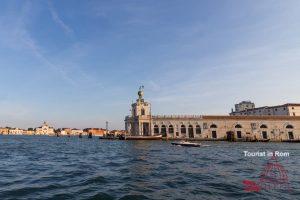
Line 2 also goes from the train station to San Marco, but in the other direction. You will then pass the Tronchetto, where the ferry terminal and the parking garage are located, and you will zigzag between the center and Giudecca island. This journey takes around 45 minutes. Line 2/ goes to the Rialto Bridge.
Get off at San Marco / San Zaccaria pier and walk past the Bridge of Sighs to St. Mark’s Square.
2. Around St. Mark’s Square
This square is without a doubt the historical center of the city. The political and public life of the Venetian Republic, the Serenissima, took place here. However, you have to be careful with the catering around the square. You can easily get rid of a small fortune here for a sandwich and two drinks. More information, including the legal situation, can be found in our article rip-offs.
The Lion of Saint Mark
Venice has two patrons. The older is Saint Theodore, a simple soldier who was martyred for his faith. Later, the evangelist Mark joined after the Venetians stole his relics in Alexandria in 828. The lion of Saint Mark is his emblem. It’s a winged lion. It often wears a halo or holds a book under its paw.
The lion of St. Mark is omnipresent in Venice. It can be seen in all the central squares of cities that were under the rule of the Serenissima, and it is present in the Italian naval flag.
The pier
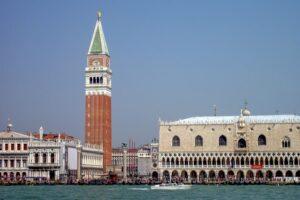
If you take the waterbus to San Marco / Zaccaria, you can see the pier at St. Mark’s Square from the sea. On the left column is the statue of St. Theodore, on the right column the lion of St. Mark. To the right of it is the Doge’s Palace and behind it the basilica. On the left is the historic mint that now houses the Marciana National Library.
The Bridge of Sighs
From the jetty, walk along Riva degli Schiavoni to St. Mark’s Square and see the Bridge of Sighs that connects the Doge’s Palace with the prison. Here the prisoners sighed because it was the last time they saw the sun. However, the famous Giacomo Casanova managed to escape and wrote a book about it.
3. St. Mark’s Basilica
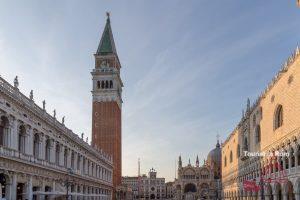
In Venice everything revolves around the city’s patron saint, Mark the Evangelist. As soon as his relics were there, the first St. Mark’s Church was built next to the Doge’s Palace in the same year 828. Today’s basilica dates from 1063. It was later expanded and restored several times. The size and the equipment shows the size and importance of the former Republic of Venezia.
The steeple
St. Mark’s Campanile is one of the most important landmarks in Italy and the city of Venice. The tower is 98.6 m / 323.5 ft high. Galileo Galilei showed the nobles of Venice his telescope on the belfry in 1609. The tower was often damaged by lightning strikes and earthquakes and had to be renovated again and again. In 1902 it collapsed and had to be rebuilt.
4. The Doge’s Palace
The Palazzo Ducale is a masterpiece of the Venetian Gothic. The first building was erected here in 812. Over the centuries, there were extensions and additions. This is where the government had its seat. With the defeat by Napoleon in 1797 the Serenissima ended and the palazzo became an administrative building, seat of a court and a library.
6. The local cuisine
The Venetian cuisine offers some interesting specialties, fresh from the lagoon.
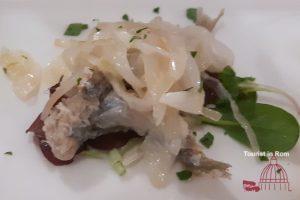
A type of rusk is pan biscoto, which stays in the oven for 24 hours and is served with cold cuts.
Hearty home-style cooking includes pasta e fazioi, a bean soup with noodles. You like to eat two servings. Also risi e bisi belongs to the poor man’s food, rice with peas, lots of onions and spices.
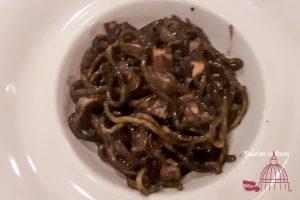
The sarde in saor, deep-fried sardines that are buried under a sour onion sauce with pine nuts and raisins, are famous. They mature in their sauce for some time.
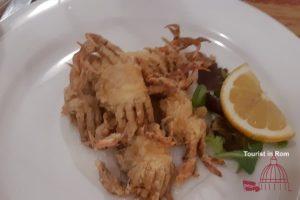
Another delicious starter is sepe col nero, squid cooked in white wine and in their own ink with herbs. Moéche, small green fried crabs from the lagoon, are very valuable. A risotto with fish from the lagoon is risoto de gò.
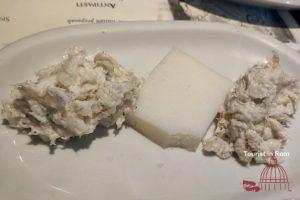
Another specialty is the baccala mantecato, creamy mashed air-dried cod with white polenta. The Venetian liver, Fegato alla veneziana, veal liver cooked with onions , is known worldwide.
The Bacaro
The typical wine bar of the Venetians is the Bacaro. In addition to the wine, you can get small typical local dishes. Of course, the bacaro also has changed over time. Many of these inexpensive restaurants have been displaced by other establishments. Today they also offer products for tourists, “to go”.
7. The way to the Ponte Rialto
The direct beaten path is lined with shops and stalls, most of which are worthless goods. Crowds squeeze through stands with Venetian masks from the Far East, worthless T-shirts, baseball caps, stickers, chains and snow globes. It is quieter, more interesting and much more comfortable if you take a little detour.
Campo di Santa Maria Formosa
So you take the Merceria Orologio by the clock tower and then take the first right, Calle Largo San Carlo. To avoid getting lost in the winding streets, take the second left, Calle Specchieri, to the Church of San Zulian. There you take Calle del Ponte della Guerra on the right and follow the streets where you cross two canals. You follow the path and you will find Calle del Mondo Nuovo on the right, which will bring you to the church of Santa Maria Formosa. The square is one of the largest in the city. You need the Chorus Pass to visit the church. The church dates from 1492 and is built in the early Renaissance style.
Campo San Giovanni e Paolo
The Basilica of San Giovanni e Paolo is one of the most important medieval religious buildings in the city. It is a grandiose Gothic church and many doges are buried here. You also need a Chorus Pass to visit this basilica.
From Santa Maria Formosa the distance is 350m past Calle Santa Maria Formosa, Calle Cicogna, Ponte Minich and Calle Bressana.
Rialto
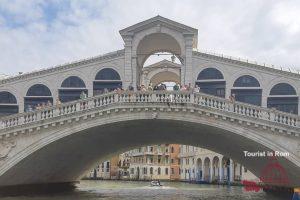
It is one of four bridges over the Canale Grande. The other three are the Accademia Bridge, the Ponte degli Scalzi, and the Ponte della Costituzione.
The bridge was completed in 1591 and has three stairways. There are shops to the right and left of the middle stairway.
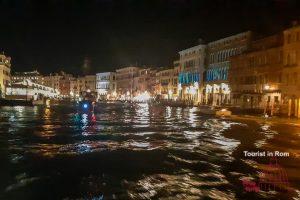
The distance from Giovanni e Paolo to the Rialto Bridge is 650 m / 0.4 mile. You take the bridge in front of the basilica and then Calle Larga Giacinto Gallina. You then follow Campo Santa Maria Nuova to Calle del Campanil. At the end you will find a bridge to the left and then continue walking until you reach Salizzada Pio X.
If you are short of time, take the waterbus to the train station from here.
8. Stay overnight
Actually, that should be our tip number 1. “Una notte a Venezia” is really unique. In the evening the day tourists leave the lagoon city and it is incredibly quiet. For booking good hotels and accommodations in the center, we recommend booking.com.
Hotels on the mainland, in Mestre, are cheaper. Of course, this is less fascinating than a hotel in the center.
9. Visit the casino
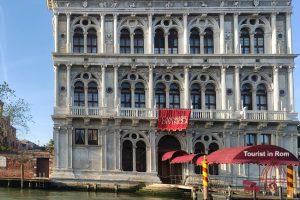
Casinos are generally prohibited in Italy. Only four casinos are allowed due to their long tradition, Venice, San Remo and the casinos in the Aosta Valley and Campione d’Italia. Campione is currently closed due to economic problems.
The Venice casino was founded in 1638, making it the oldest in the world. The casino has been located in the Palazzo Vendramin on the Grand Canal since the 1950s. The Renaissance palace was Dogen’s residence and Richard Wagner’s last apartment. The casino has two restaurants.
A modern branch is located in Tessera, near the airport, called Ca’ Noghera.
10. Visit Murano
Venice’s glass art was famous worldwide as early as the Middle Ages. Since the glassblower’s ovens were a constant fire hazard, they had to settle on the island of Murano in 1291. Murano glass is still famous all over the world today. You can watch the glass blowers at work and of course you can buy their works.
Not far away is the picturesque island of Burano, known for its brightly painted houses. The lace embroidery from Burano, a tradition from the 16th century, is also known, you can reach Burano by boat line 12.
The foundations of the city
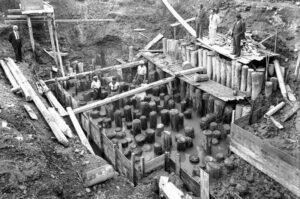
The inhabitants of the mainland sought safety from the Huns and Lombards on the islands of the lagoon. The first settlement probably took place on the high bank, the Riva Alta – Rialto.
In order to be able to build in the soft ground, tree trunks were driven into the ground as foundations. The trees came from the Alps up to the watershed and from Istria. They were transported to Venice via the Adige, the Brenta and the Piave.
The tree trunks are preserved in the swampy soil and still form the foundations for the city’s magnificent palaces til today.
Trade, power and wealth
Venice was the bridgehead between the Eastern Roman Empire and Central Europe. Venice ruled the Adriatic and was able to extend its influence to Byzantium. Due to its location in the lagoon, the city was well secured. All goods that came across the Mediterranean had to be temporarily stored here.
The goods came from all over the world, from Egypt, Arabia, India and China. Everything had to go through here and increased the wealth of the traders and the republic. The adventurer Marco Polo traveled the Silk Road as far as China and stayed with Kublai Khan as prefect for several years.
The importance of the Serenissima declined with the discovery of the Americas. Other trade routes developed and other powers ruled the oceans.
Behaviour rules
It is strictly forbidden to eat on the street in central Venice. In summer 2019, a couple was fined 950 euros for sitting down with a gas burner to make a coffee. They had to leave the city. There is a lunch area in the Giardinetti Reali next to San Marco.
It is forbidden to walk around wearing swimwear or bare chests. You are not allowed to sit outside the designated places and you are not allowed to throw anything away, not even cigarette stubs or chewing gum. The use of bicycles, roller skates or the like is prohibited and you are not allowed to swim in the canals.
You should also avoid standing in narrow spaces and obstructing other pedestrians.
Getting there
The cheapest solution is the Flixbus, the most comfortable and fastest alternative are the high-speed trains on the Rome – Bologna axis to Santa Lucia station. Do not take the trains to Venezia Mestre, from there it is quite a long way to the city. You can also come by car, but the journey time is usually longer and between fuel consumption, motorway tolls and parking fees, it’s not really worth it.
In the table you can see the distance from the main Italian centers such as Rome, Florence, Verona or Milan and the travel times by car and by train.
| Connections to Venice | from Rome | from Florence | from Milan |
|---|---|---|---|
| Kilometers / miles of road | 530km / 349 miles | 255km / 159 miles | 268km / 167 miles |
| Travel time by car (h:min) | 6:00 | 2:45 | 3:00 |
| Travel time by high speed train (h:min) (h:min) | 4:00 | 2:15 | 2:30 |
| First train to Venice (hh:min) | ~ 5:30 | ~ 7:20 | ~ 7:45 |
| Last train from Venice (hh:min) | ~ 19:30 | ~ 19:30 | ~ 16:45 |
| Connections to Venice | from Rimini | from Bologna | from Verona |
|---|---|---|---|
| Kilometers / miles of road | 264km / 164 miles | 154km / 96 miles | 120km / 75 miles |
| Travel time by car (h:min) | 2:40 | 1:45 | 1:20 |
| Travel time by high speed train (h:min) (h:min) | 3:20 | 1:30 | 1:30 (no high speed) |
| First train to Venice (hh:min) | ~ 7:10 | ~ 8:00 | ~ 5:20 |
| Last train from Venice (hh:min) | ~ 19:30 | ~ 19:30 | ~ 21:10 |
